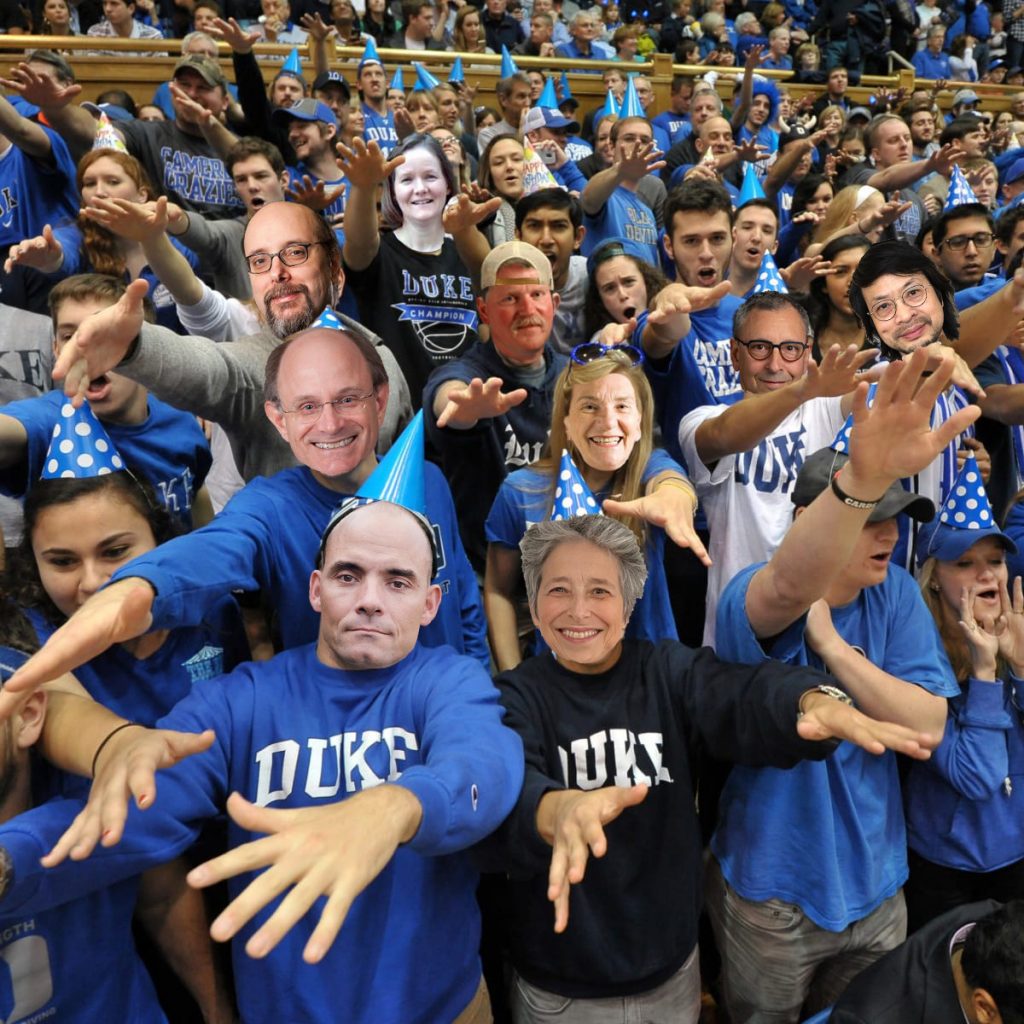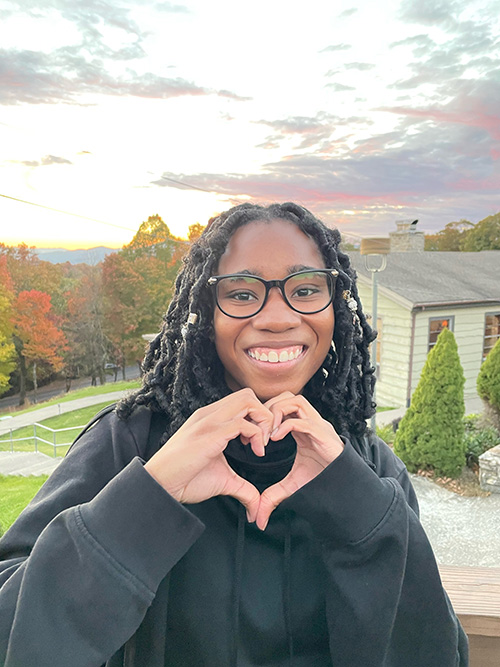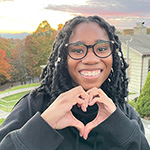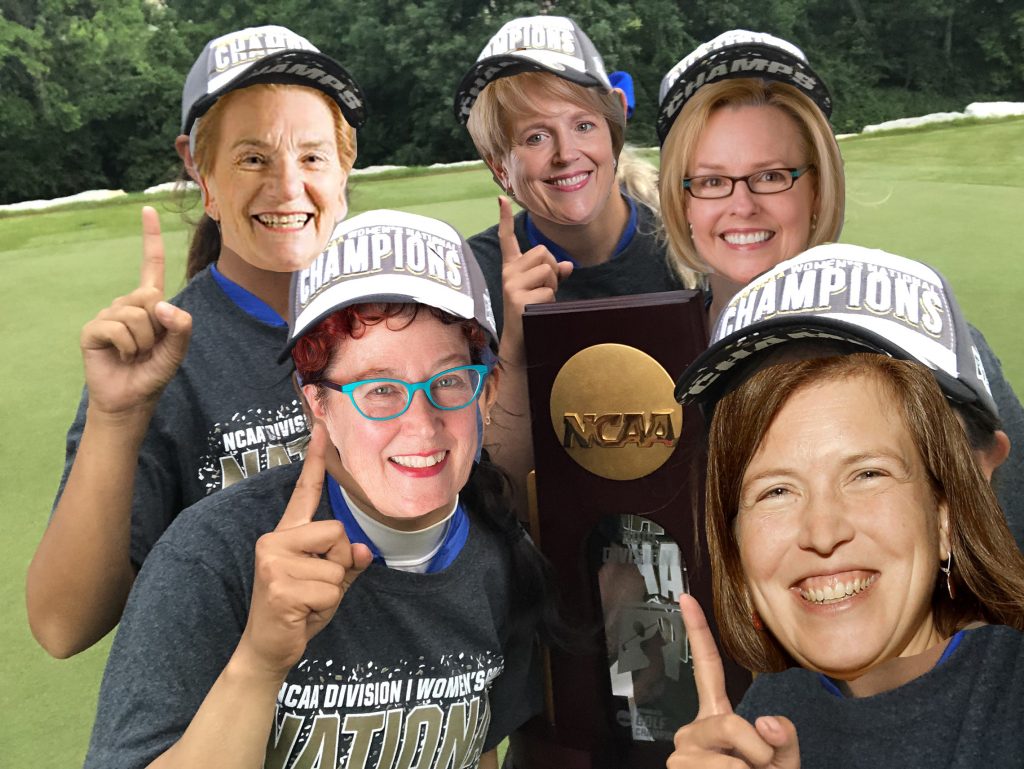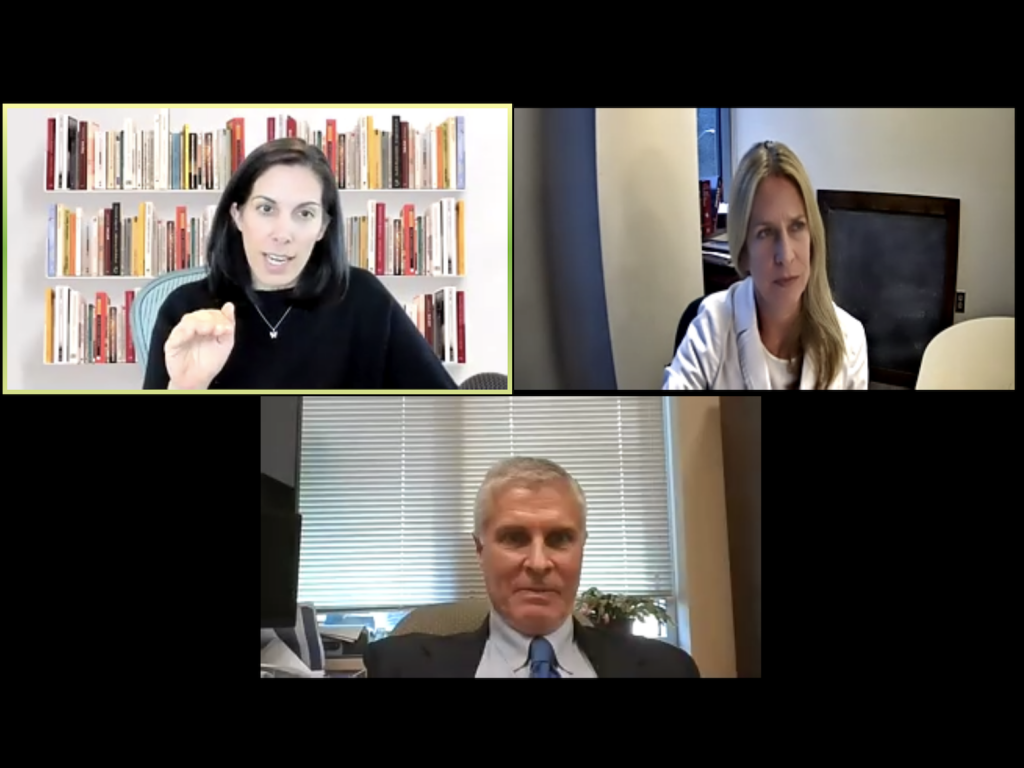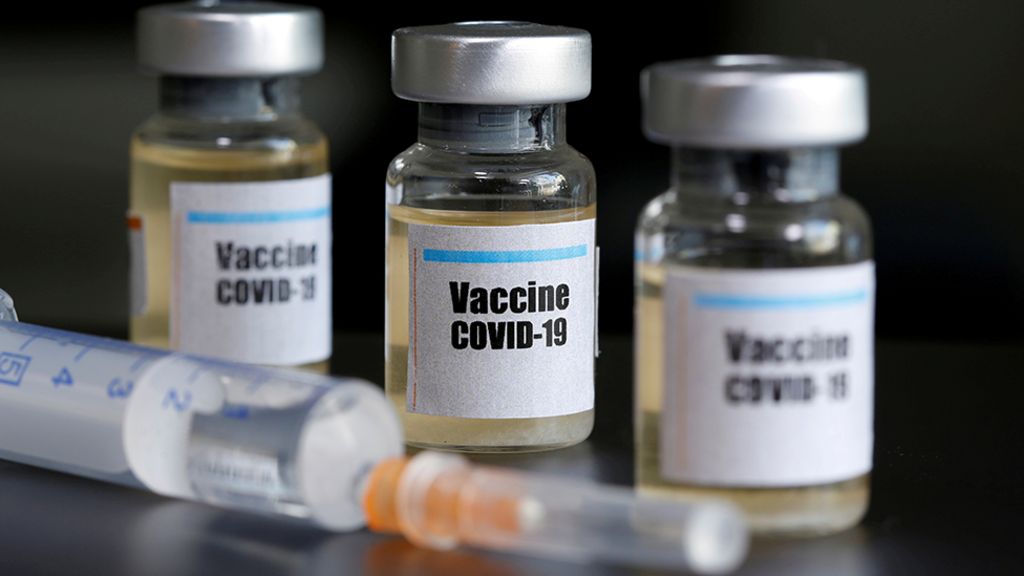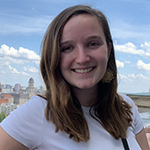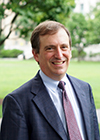
In your retirement, would you ever hold four Zoom calls every week with colleagues?
To be fair, Dr. John Bartlett is not technically retired. He is employed by Duke at the 20% level and continues to serve as a Professor of Medicine. However, his busy schedule, which also includes 2-3 months in Tanzania every year and writing grants to support research education efforts, in no way resembles the glorified picture of retirement many of us imagine!
Fellow freshmen, we may be in for the long haul.
Before I dive into my interview with Dr. Bartlett, I must acknowledge the incredible enthusiasm he showed in response to my invitation to an interview. Even as cable lines are down in western North Carolina, where he resides, due to the impact of Hurricane Helene, he still offered to keep our original interview time and made himself fully accessible to my questions. I extend my sincere gratitude to Dr. Bartlett for his time, and it is only just for me to relay his thoughts to our readers at large.
For students unfamiliar with Dr. Bartlett’s background or professional experiences, he has been a Duke faculty member since the 1980s, serving as both a physician in infectious diseases and internal medicine and a professor. His lengthy career traversed continents, having become deeply involved in international HIV/AIDS research and treatment since the 2000 World AIDS conference held in Durban, South Africa.
“As I traveled to South Africa, I witnessed the profound disparities between clinical outcomes for patients in the U.S., who were thriving, and [those in] the continent most severely impacted by HIV, where no treatment was available,” said Dr. Bartlett, recalling his transition to international work. “We reckoned that [the] concept of research with service could be applicable with an African partner,” he added, which led him to spend two-thirds of the next decade in Tanzania, focusing on this new partnership.

Captivated by Dr. Bartlett’s unique experiences, I inquired why he became involved in Tanzania, a country halfway across the globe. To my surprise, it turned out that in the early 2000s, faculty and students at Duke held a strong inclination towards advancing global health research. At the same time, researchers also sought to expand the scope of their activities overseas. Dr. Bartlett shared what was perhaps the most important reason last: “I have to credit my wife, a social worker, who was also quite committed to international work.”
I learned much about global health throughout the interview. When Dr. Bartlett shared statistics showing 100% effectiveness of certain HIV/AIDS treatments currently offered in lower-income countries, I was stunned. From no access to treatment a few decades ago to successful management of the disease today, there has been remarkable and swift progress that is saving millions of lives. Of course, there are still barriers to treatment including cultural norms, “ubiquitous” stigma, lack of testing resources, and cost. However, the global health field is advancing every day, with newfound knowledge regarding protective factors against HIV transmission helping to further lower mortality rates.
Discussing Duke’s global health efforts at large, Dr. Barlett was quick to point out the diversity of current projects around the world. “I would refer you to the website for the latest list of countries because I can’t keep up with the continuing growth!” Upon a quick search, this sentiment makes sense: Duke works in more than 40 countries and there are more than 100 active projects. “I am especially proud to see that [the institute’s work] is not limited to a single geographic region or a single topic”, Dr. Bartlett added, reflecting how projects “run the gammit from infectious diseases to non-communicable diseases to cancer to mental health to health systems strengthening.”
By this point in the article, maybe some engineer readers are yearning for a message pertaining to their academic interests. Don’t worry, Dr. Bartlett talked about your importance in global health work during the conversation too! “There are quite a few BME professors who work with students to develop practical, low-cost solutions to common global health problems,” he said. From rapid diagnostic tests to laparoscopes, the BME department has played a crucial role in the Global Health Institute’s efforts. And these engineering projects are still active: for students desiring to involve themselves in this work, Dr. Bartlett recommends reaching out to Dr. Ann Saterbak, a Biomedical Engineering professor who coordinates many opportunities.
Before I conclude, I would like to share a quote from Dr. Kathy Andolsek, professor of family medicine, discussing the character, expertise, and work of Dr. Bartlett:
“He was a dedicated researcher and clinician and an early pioneer in HIV/AIDS. [As a] primary doc, I [worked] with him to get my patients into his clinical trials… so we ‘shared’ many patients. He was inspirational to students and a great listener.”
Thank you, Dr. Bartlett, for your tireless work on HIV/AIDS treatment around the world. As an educator, researcher, and clinician, you have contributed much to the betterment of health outcomes for patients. Your commitment towards this noble cause and desire to help Tanzanian counterparts become independent in their research encourage all of us, medical students and non-medical students alike, to persistently pursue goals we believe in.


